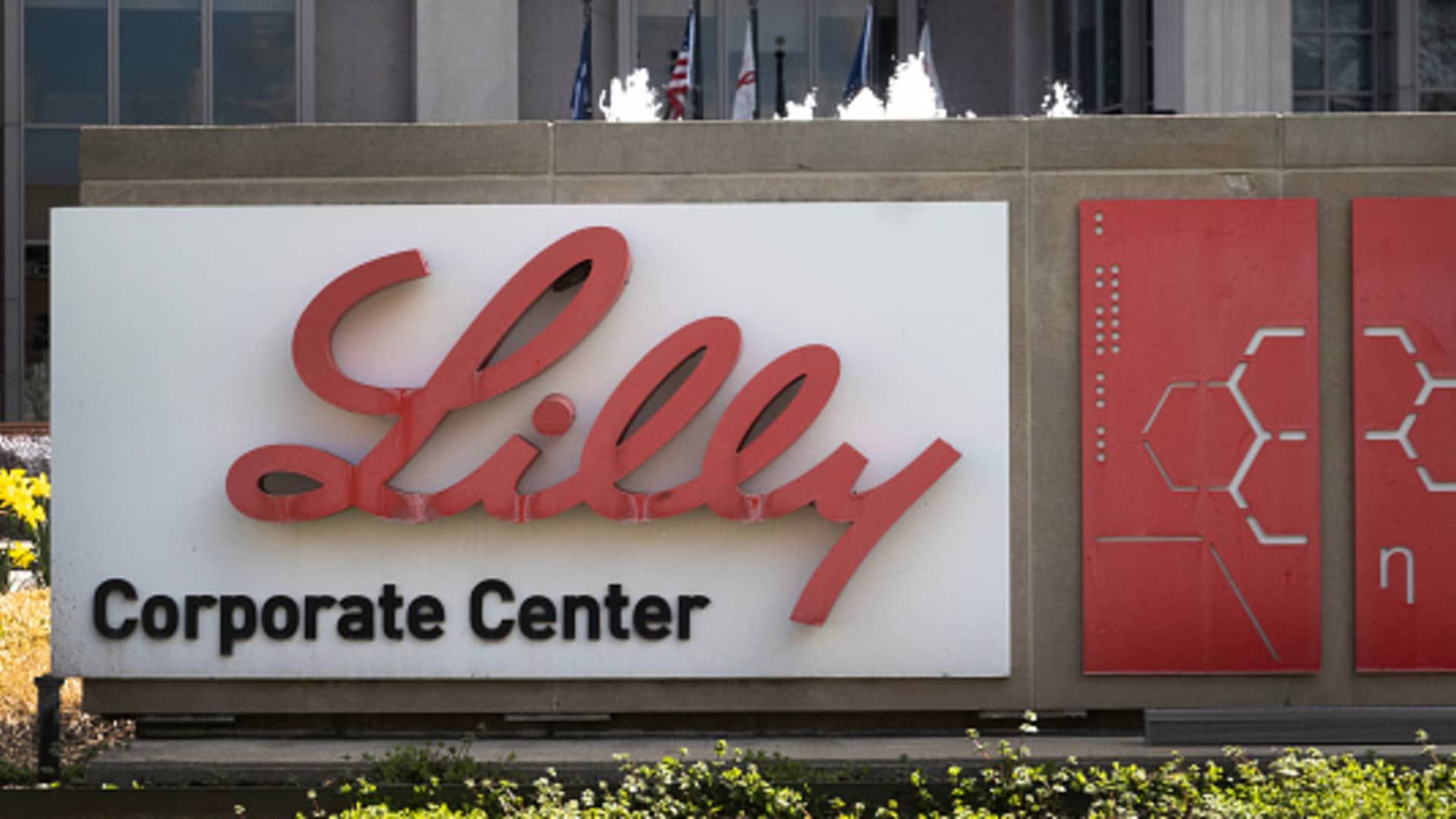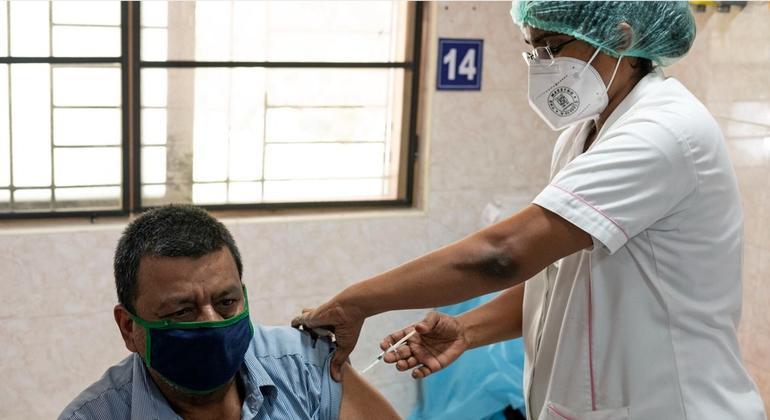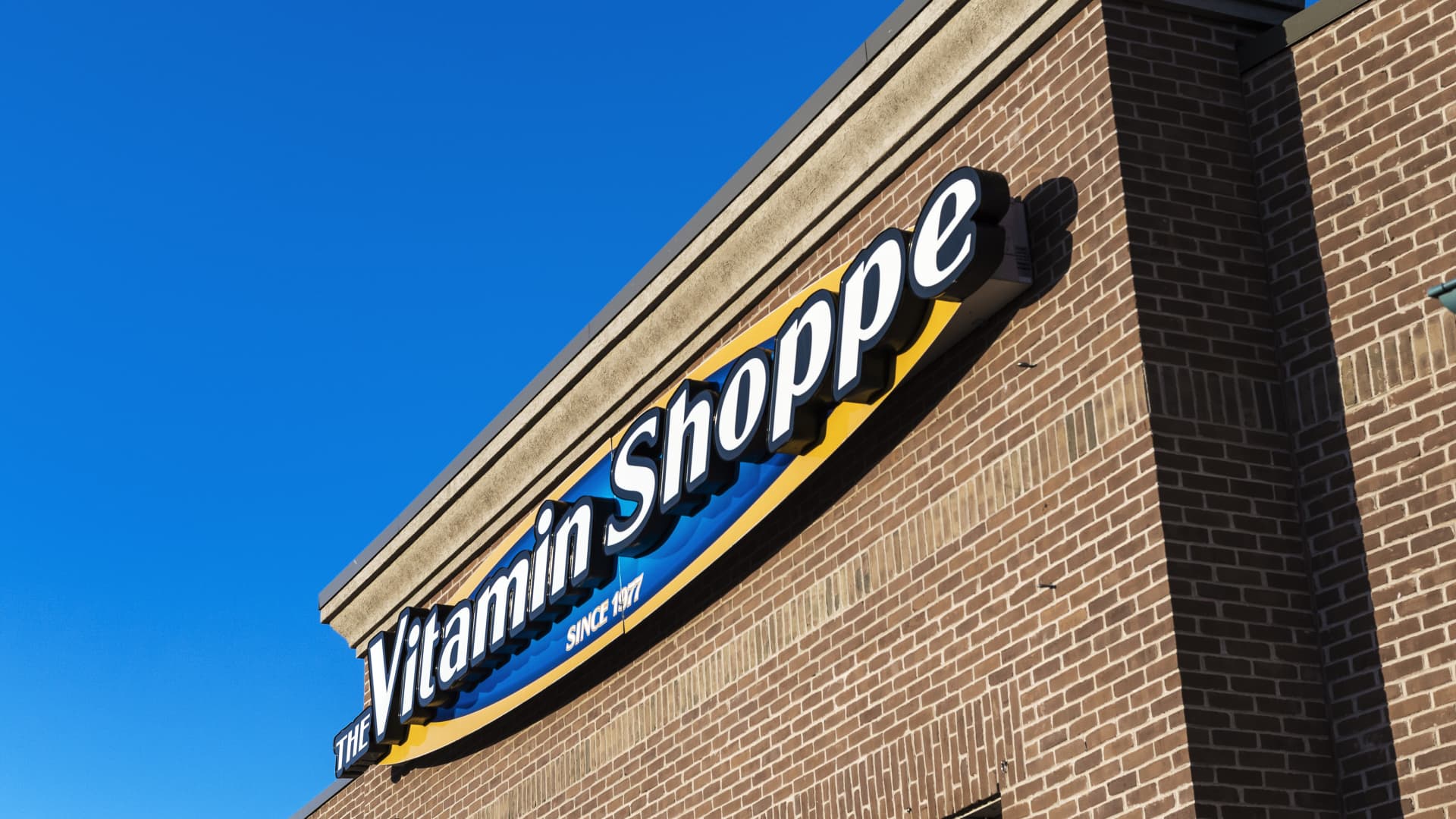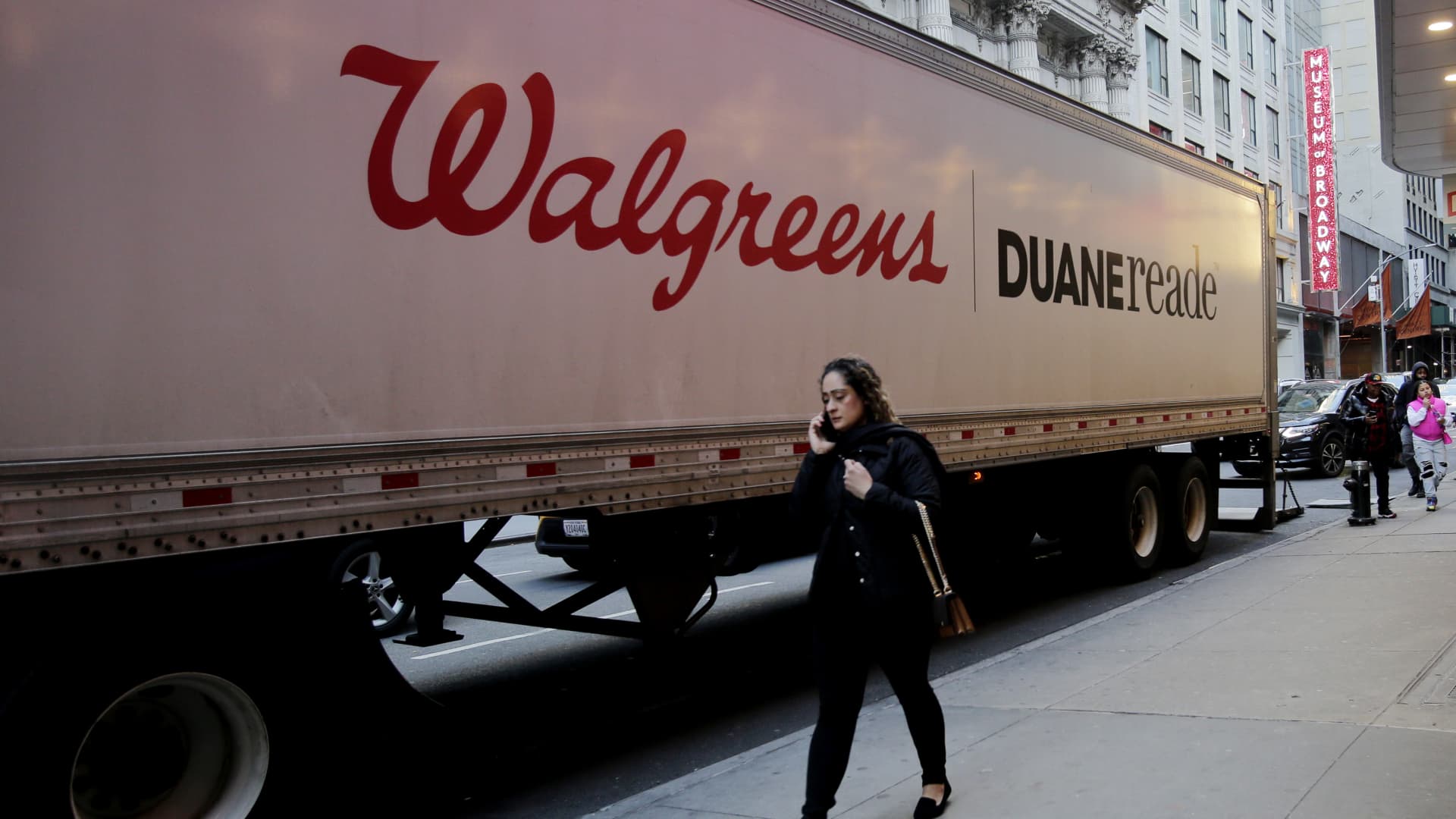A sign with the company logo is displayed outside the headquarters of Eli Lilly and Company in Indianapolis, Indiana, on March 17, 2024.
Scott Olson | Getty Images
A version of this article first appeared in CNBC's Healthy Returns newsletter, which brings the latest health care news straight to your inbox. Subscribe here to receive future editions.
Earlier this month, Berkshire Hathaway surpassed $1 trillion in market value, the first non-tech company in the United States to do so. Soon, the pharmaceutical giant Eli Lilly could become the first healthcare company to join that club.
Why? Eli Lilly is capitalizing on surging demand for its injectable weight-loss drug Zepbound and diabetes drug Mounjaro, which are incretin drugs that mimic hormones produced in the gut to reduce appetite and regulate blood sugar. Revenue from Mounjaro and Zepbound now account for nearly 40% of Eli Lilly’s total sales, according to its second-quarter results in August.
The company is one of two dominant players in the weight-loss drug market, which some analysts believe could be worth $150 billion by the end of the decade. Eli Lilly may also be getting ahead of its main rival, New Nordiskas it shows progress towards expanding the supply of its medicines.
Novo Nordisk is also investing billions of dollars to boost manufacturing, but its own weight-loss and diabetes drugs, Wegovy and Ozempic, missed second-quarter sales expectations, partly because of pricing pressure in the United States.
Investors are also encouraged by the potential health benefits of Eli Lilly’s treatments, which could boost its long-term earnings potential. The company has released several study results over the past year demonstrating Zepbound’s promise as a treatment for obesity-related conditions such as obstructive sleep apnea, fatty liver disease and cardiovascular disease.
Eli Lily shares have soared more than 60% this year, putting its market value at nearly $900 billion.
And the company could soon hit that $1 trillion mark. Eli Lilly shares rose nearly 10% on Aug. 8 following its second-quarter results that beat Wall Street expectations. The drugmaker could post another banner quarter on Oct. 30.
The stock could also get a boost from potential data and regulatory approvals. For example, Eli Lilly expects the Food and Drug Administration to make a decision on whether to approve Zepbound for sleep apnea before the end of the year.
Eli Lilly could potentially release data from a late-stage trial pitting Zepbound directly against Novo Nordisk’s Wegovy by the end of the year, according to an Aug. 20 note from Leerink Partners analyst David Risinger.
Feel free to send tips, advice, story ideas and information to Annika at [email protected].
The latest in healthcare technology: another continuous glucose monitor hits the market
Stacey Wescott | Chicago Tribune | Tribune News Service | Getty Images
It's raining continuous glucose monitors!
Abbott Laboratories On Thursday, Lingo, its first over-the-counter continuous glucose monitor, became available in the United States, just days after competitor Dexcom launched a similar product.
Continuous glucose monitors are small sensors that stick to the skin to measure glucose levels in real time. The devices have traditionally been prescribed to diabetic patients, as they can help alert users to emergencies. Lingo is easier to use, as it is intended for adults who do not take insulin.
Glucose is a sugar molecule that comes from food and is the body's main source of energy. Each person's glucose levels fluctuate, but consistently high levels can lead to more serious conditions, including heart disease, insulin resistance and metabolic diseases, Abbott said.
Lingo is designed to help users learn how their bodies respond to food, exercise, sleep and stress, as well as how they can manage their glucose levels more healthily.
The U.S. Food and Drug Administration approved Lingo in June. It is available over the counter and users can purchase one sensor online for $49, two sensors for $89 or six sensors for $249.
Dexcom's new over-the-counter continuous glucose monitor is called Stelo, and the FDA approved it in March. An ongoing subscription to Stelo costs $89 a month, and users can also purchase a one-month supply for $99 each time.
I tried Stelo before it was released and you can read about my experience here. I haven't tried Lingo yet, but Abbott explained to me how the app works.
One feature that caught my eye is Abbott's “Lingo Count,” a metric designed to help users understand glucose spikes, which occur when the amount of sugar in the bloodstream rises rapidly and then falls, usually after eating.
The Lingo Count algorithm assigns a numerical value to each glucose spike and is meant to represent the significance of the impact of that fluctuation. Users have a total Lingo Count goal they wish to stay under each day and can see their progress over time.
To learn how to manage glucose spikes, Lingo users can take part in challenges and access educational materials within the app. I think challenges could be a fun way to get people interested in their glucose and I'm interested in trying them out myself.
Overall, I found the app to be intuitive and useful. The data is presented in a way that isn't too complex or overwhelming, and consumers have the option to dig deeper if they want.
I'm planning to try out Lingo later this month, so I'll have more to share soon!
Feel free to send tips, advice, story ideas and information to Ashley at [email protected].












